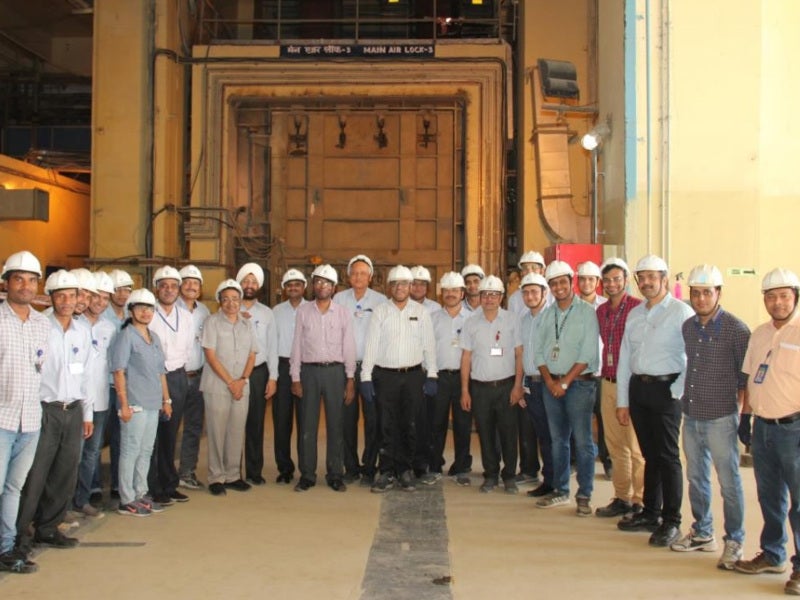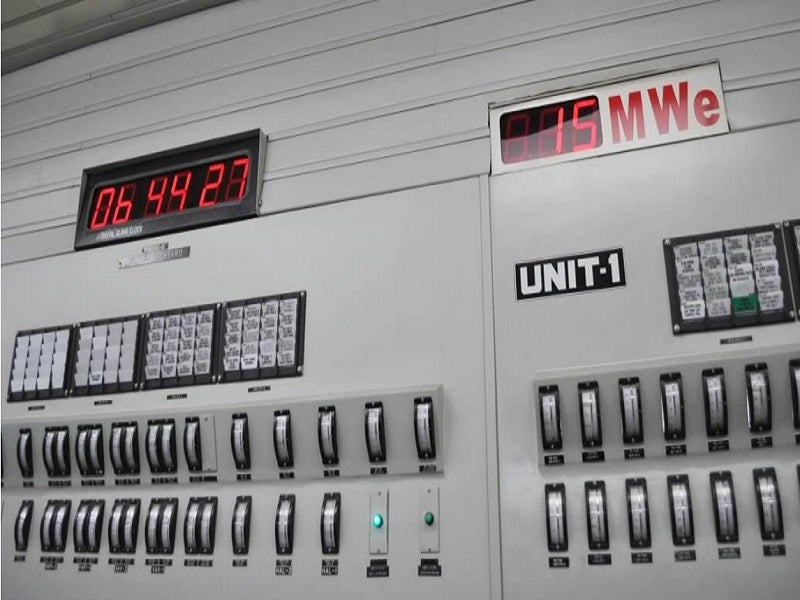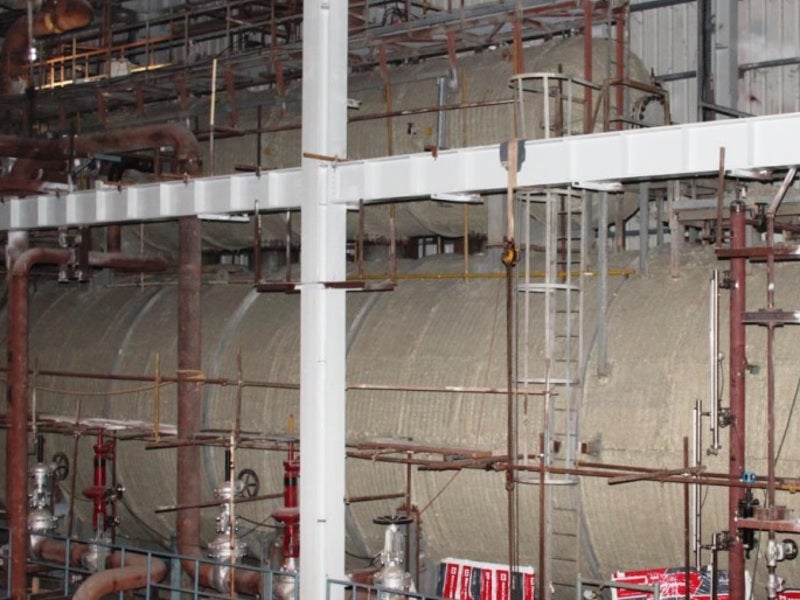Located in the state of Gujarat, India, Kakrapar atomic power station (KAPS) is being expanded to add two new units with a combined capacity of 700MW.
Developed and operated by Nuclear Power Corporation of India (NPCIL), the two pressurised heavy water reactors (PHWR) are the first set of indigenous-led plants to be developed in India.
The first two 220MW capacity KAPS-1 and KAPS-2 units were commissioned in May 1993 and September 1995 respectively.
KAPP-3 and KAPP-4 are expected to begin operations in 2019 and 2020 respectively.
The Kakrapar nuclear power plant was recognised as the best performing PHWR by CANDU Owners Group (COG) in 2003.
Kakrapar atomic power station location
The Kakrapar atomic power station is located on the banks of the Tapti River, approximately 80km from the city of Surat, India.
The site is situated in Mandvi Tehsil near Moticher.
The power station lies in close proximity to the nearest city of Vyara, which is accessible from the cities of Surat and Dhule.
Details of KAPP-3 and KAPP-4 units
The KAPP-3 and KAPP-4 units are of the Mark V-type category of the Indian PHWR design evolution. The reactors are equipped with new improved safety features based on the construction of the previous units.
The two new units will be equipped with steam generators, weighing approximately 215t. The generators will be made from a low alloy of quenched and tempered steel with tubes of an alloy of nickel-iron-chromium and stainless steel internals.
First concrete for the two units was poured in November 2010 after approval from Atomic Energy Regulatory Board, while the first steam generator was delivered in 2015.
The project will include a 400kV switchyard and auxiliary systems such as fire water, service water, chilled water, compressed air, diesel oil storage and transfer systems.
In April 2019, World Association of Nuclear Operators (WANO) completed the pre-startup review of KAPP-3.
Details of KAPS-1 and KAPS-2 units
Natural uranium-fuelled KAPS-1 and KAPS-2 units have an on-power refuelling facility. The reactor building houses the boilers, reactor and other related equipment and systems. The building can contain radioactive discharge in case of a failure of the reactor systems. It connects to the service building through double-door main airlocks.
The turbine building contains turbo-generator sets along with diesel generators, condenser cooling and other auxiliary components. The water for the cooling systems is pumped from the left bank of the Tapti river and into the Moticher pond.
The KAPS-1 unit underwent renovation and modernisation works and other safety upgrades in May 2019. The KAPS-2 unit also underwent similar renovation works in 2018.
Contractors of KAPP-3 and KAPP-4 units
In 2009, L&T won an Rs844m ($180m) contract for the civil works related to the Kakrapar atomic power station units three and four. The contract includes the construction of the reactor and auxiliary buildings, waste management, and exhaust ventilation building.
IVRCL is providing services for the water treatment at the plant, geotechnical investigation, fabrication and construction.
Dodsal signed an engineering, procurement and construction contract for the balance of turbine island package for KAPP-3 and KAPP-4 while Development Consultants (DCPL) was contracted for civil engineering works.






